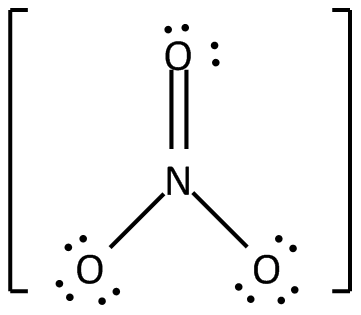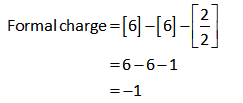Formal Charges
Formal charges have an important role in organic chemistry since this concept helps us to know whether an atom in a molecule is neutral/bears a positive or negative charge. Even if some molecules are neutral, the atoms within that molecule need not be neutral atoms.
Polarity Of Water
In simple chemical terms, polarity refers to the separation of charges in a chemical species leading into formation of two polar ends which are positively charged end and negatively charged end. Polarity in any molecule occurs due to the differences in the electronegativities of the bonded atoms. Water, as we all know has two hydrogen atoms bonded to an oxygen atom. As oxygen is more electronegative than hydrogen thus, there exists polarity in the bonds which is why water is known as a polar solvent.
Valence Bond Theory Vbt
Valence bond theory (VBT) in simple terms explains how individual atomic orbitals with an unpaired electron each, come close to each other and overlap to form a molecular orbital giving a covalent bond. It gives a quantum mechanical approach to the formation of covalent bonds with the help of wavefunctions using attractive and repulsive energies when two atoms are brought from infinity to their internuclear distance.
A compound is composed of: O3N charge
Predict the total charge on the compound and explain why in detail.
For any molecules, the structure that holds complete data about the bonding pattern and atoms allocation is specified as "Lewis structure". This structure depicts the formal charges exists on each atom available in molecule.
The Lewis structure of the compound O3Ncharge is shown below.

First, calculate the formal charges on each atom in order to predict the total charge.
The formula for the calculation of the formal charge is shown below.

The formal charge on the central-N atom:
The valence electron in N-atom is 5.
Substitute the values in the formula (I).

Hence the formal charge on central N-atom is +1.
The formal charge on singly bonded O-atom:
The valence electrons in O-atom are 6.
Substitute the values in the formula (I).

Hence the formal charge on singly bonded O-atom is -1.
Trending now
This is a popular solution!
Step by step
Solved in 6 steps with 7 images









